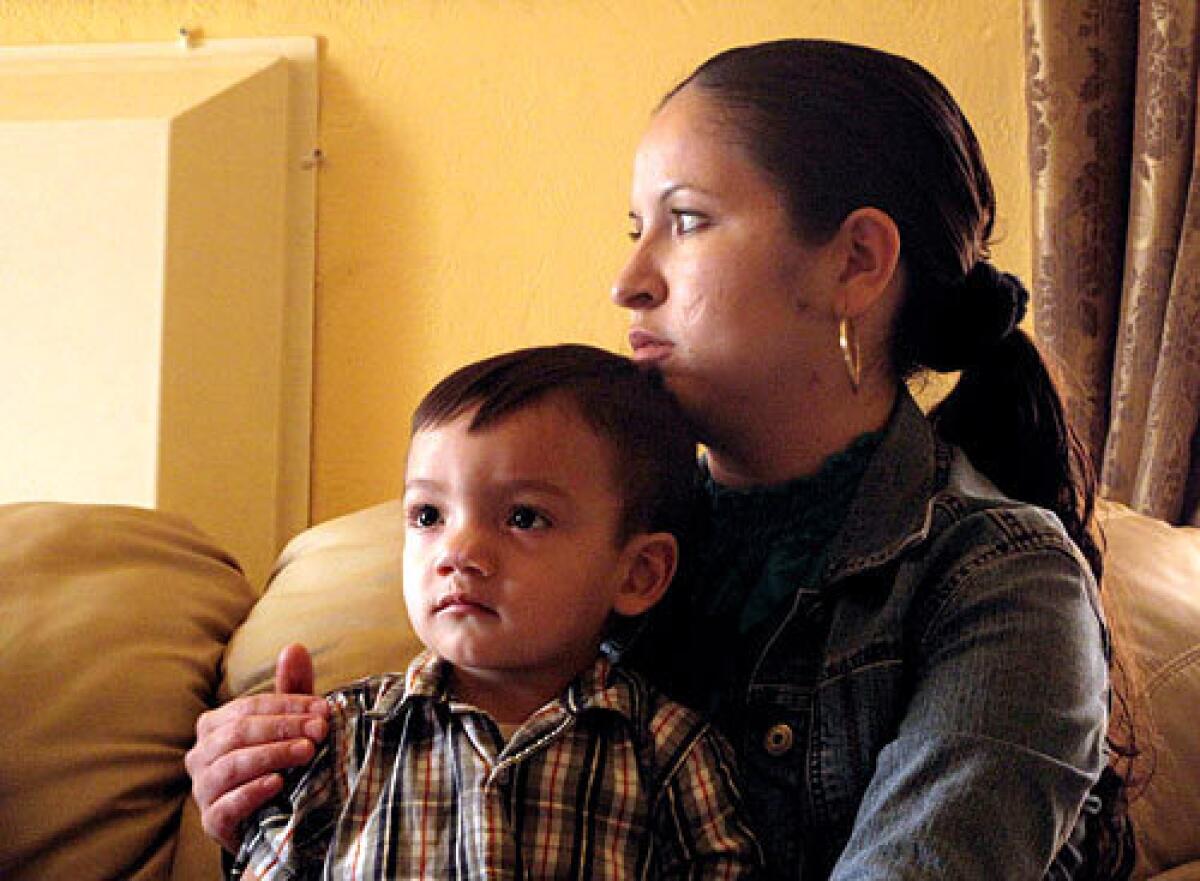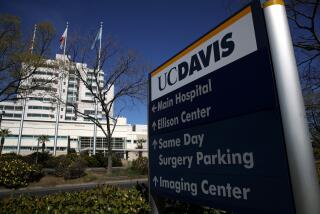Kettleman City cleft deformities raise questions of a cluster case

Gov. Arnold Schwarzenegger has ordered state health and environmental agencies to continue to investigate a rash of birth defects that occurred in the small San Joaquin Valley town of Kettleman City.
Five of 20 babies born in Kettleman City over a 14-month period had cleft lips or cleft palates, an unusually high rate compared with what’s considered normal. Worldwide, cleft deformities occur in about 1 in every 700 live births, according to a November study in the journal the Lancet.
Residents suspect a nearby toxic waste dump is to blame, although it’s only one of many potential causes.
Smoking, nutrient-poor diets and use of certain medicines by pregnant women have been linked to cleft deformities, as have environmental exposures such as pesticides, organic solvents used in industry and infectious diseases.
A high rate of disease within a specific locale, as is the case in Kettleman City, is called a cluster. Here’s a look at what’s known about disease clusters and how scientists go about determining cause and effect.
The U.S. Centers for Disease Control and Prevention defines a cluster as “an unusual aggregation, real or perceived, of health events that are grouped together in time and space and that is reported to a public health department.”
Sometimes clusters happen just by chance. Disease rates, after all, are averages, but the cases aren’t distributed perfectly evenly: Within a large population there will be subgroups with higher and lower rates. “It’s like flipping a coin,” says Daniel Wartenberg, an epidemiologist at the Robert Wood Johnson Medical School in Piscataway, N.J. Getting five heads in a row doesn’t mean the coin isn’t fair — and in the same way, a local cluster of some disease does not automatically mean there is an environmental cause.
Certain kinds of clusters are more easily pinned to a cause than others. Examples are clusters that involve infectious disease — such as outbreaks of illness from food contamination or the 1976 outbreak of pneumonia at an American Legion convention in a Philadelphia hotel, an infection now known as Legionnaires’ disease.
In addition, diseases resulting from workplace exposures or from adverse drug effects are often solved because it’s easier to figure out what everyone in the cluster had in common.
There are also some rare instances in which scientists can link an environmental factor in a community to a very specific disease.
For example, a 2002 study published in Toxicology Letters linked a cluster of lung cancer cases in Turkey to asbestos-containing rocks in the area, with which people built their homes.
A 1997 study, published in the journal Environmental Research, found a similar cause for a lung cancer cluster in Manville, N.J., home to the largest asbestos manufacturing plant in the U.S. People who lived in town (but had never worked at the plant) had 10 times the rate of lung cancer as residents living outside the town. Key to unraveling the mystery was the fact that the type of lung cancer involved was mesothelioma, which is a very specific and known outcome of asbestos exposure, says Dr. Beate Ritz, professor of epidemiology and environmental health at the UCLA School of Public Health.
Cluster investigations work well when you have a cause and an effect within a very short period of time, Ritz says. But more often, they are fraught with uncertainty. They’re extremely difficult with diseases that take years to develop or when many different factors can contribute to a disease. For cancers other than mesothelioma, “it’s almost hopeless,” Ritz says.
Birth defects are similarly difficult because there are so many things that might cause them.
No one disputes that the rate of birth defects in Kettleman City is higher than usual. Many doubt that they will find the cause, though.
“By the time [babies] are born, the toxin may have left the mom and never be shown,” Ritz says. “And in areas where clusters happen, there’s usually more than one thing happening: a toxic waste site, constant pesticide spraying.”
And, says Wartenberg, “we know some of the things that cause clefts, but we don’t know that much.”
Moreover, he adds, “even when the numbers are improbable, that doesn’t mean they’re impossible by chance.”
A preliminary investigation by the California Department of Public Health compared rates of birth defects in Kettleman City with those in neighboring towns for the years 1987 to 2008 and found no evidence of a common cause. The investigation will continue, says Dr. Rick Kreutzer, chief of environmental and occupational disease control at the state agency.
Researchers will interview families about their medical history and daily activities where the mothers worked and lived during their pregnancies — looking for clues about potential environmental exposures. Investigations of the air, water and soil in and around the town also will be done.
Even so, proving what caused the birth defects in Kettleman City — or even whether they are related to one another — may be impossible, Kreutzer says.
health@latimes.com
More to Read
Start your day right
Sign up for Essential California for news, features and recommendations from the L.A. Times and beyond in your inbox six days a week.
You may occasionally receive promotional content from the Los Angeles Times.






